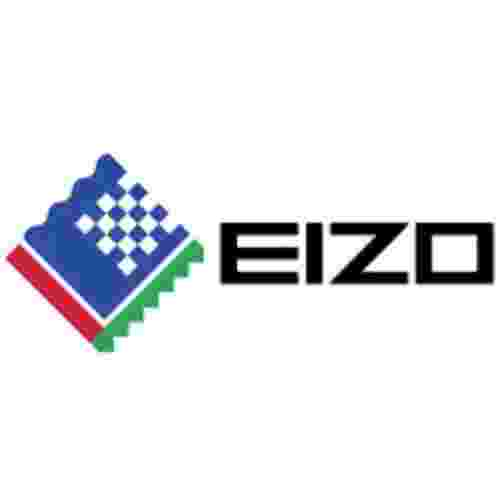Air Traffic Control Systems and Management in South Korea (2025)
South Korea’s skies are bustling. Incheon International Airport, a titan in Asia’s aviation hub, consistently ranks among the world’s busiest. This growth necessitates a robust and sophisticated Air Traffic Control (ATC) system, the invisible orchestra that ensures the smooth symphony of air travel. But what exactly makes South Korea’s ATC tick in 2024? Buckle up, aviation enthusiasts, as we delve into the fascinating world of Korean Air Traffic Management (ATM).

Air Traffic Management Systems (ATM)
At the heart of South Korea’s ATM system lies a complex network of technologies. Imagine a conductor wielding a baton, meticulously coordinating a multitude of instruments. Here’s a breakdown of some key components:
- ATC Radar: These trusty sentinels, both primary and secondary, scan the skies, painting a real-time picture of aircraft positions and altitudes. Think of them as the conductor’s watchful eyes, keeping track of every player in the aerial ballet.
- Voice Communication Switching Systems: Crystal-clear communication is paramount. These systems ensure seamless voice exchanges between Air Traffic Controllers (ATCs) and pilots, akin to the conductor’s clear instructions relayed to each musician.
- Air Traffic Control Simulators: These high-tech marvels replicate real-world scenarios, providing invaluable training for aspiring ATCs. Imagine a pilot practicing on a flight simulator – ATC simulators function similarly, honing skills in a safe, controlled environment.
- ATC Displays: Information is king in ATC. These displays present crucial data like aircraft positions, altitude, and speed, acting as the conductor’s comprehensive score sheet, ensuring everyone’s on the same page.
- Air Traffic Control Automation: Technology steps in to assist the human element. Automation helps with tasks like conflict detection and resolution, freeing up ATCs to focus on complex situations – like the conductor relying on computer-aided music composition for basic rhythms while focusing on the nuanced harmonies.
These are just a few of the technological marvels that keep South Korea’s airspace humming. But the true magic lies in how they work together to orchestrate a safe and efficient air traffic flow.
Taking Flight Priorities in South Korean ATC
South Korea’s ATM strategy prioritizes several key aspects:
- Air Traffic Safety: This is the unwavering foundation. Cutting-edge technologies and stringent procedures are in place to prevent collisions and ensure the well-being of passengers and crew. It’s like the conductor’s unwavering commitment to a flawless performance, ensuring every note is played in perfect harmony.
- Air Traffic Flow: Optimizing airspace usage is crucial for efficiency. South Korea leverages advanced systems to manage traffic density, preventing congestion and delays – similar to the conductor ensuring a smooth tempo, preventing the music from becoming cacophonous.
- Air Space Management: South Korea’s airspace is a dynamic entity. Efficient management ensures optimal use for both civilian and military aviation, like a conductor who can seamlessly switch between conducting a classical orchestra and a marching band, catering to different needs in the same space.
- Flight Tracking: Real-time tracking of aircraft is essential for safety and efficiency. South Korea utilizes advanced technologies like Automatic Dependent Surveillance-Broadcast (ADS-B) to maintain a watchful eye on every flight – like the conductor being able to see every musician and anticipate any potential issues.
NextGen ATM (Next Generation Air Traffic Management)
South Korea is actively pursuing NextGen ATM, a global initiative to modernize air traffic management systems. This translates to:
- Digital ATC: Paperless communication and data exchange are becoming the norm, streamlining processes and reducing errors – think digital sheet music replacing cumbersome paper scores for the conductor’s orchestra.
- Trajectory-Based Operations (TBO): This approach focuses on the intended flight path of an aircraft, rather than fixed routes. It allows for more efficient use of airspace and reduces fuel consumption – like the conductor allowing individual musicians more creative freedom within the overall structure of the piece.
- Civil-Military ATM Integration: Seamless coordination between civilian and military air traffic ensures optimal utilization of airspace for both sectors – like a conductor who can effortlessly switch between conducting a classical piece and a military march, ensuring both performances run smoothly.
Get a Quote from Top 12 Global Leader Air Traffic Control Systems Manufacturers
FAQs
Is Air Traffic Control (ATC) safe in South Korea?
Absolutely! South Korea prioritizes cutting-edge technology and strict procedures to ensure smooth and safe air travel in 2024. Their ATC systems are constantly evolving to maintain the highest safety standards.
What are some upcoming changes to South Korea's ATC?
South Korea is embracing NextGen ATM, a global initiative that utilizes digitalization and smarter airspace management. This will lead to increased efficiency and potentially shorter flight times.
How does South Korea manage its busy airspace?
Advanced radar systems and Air Traffic Flow Management (ATFM) techniques help South Korea optimize airspace usage. This keeps traffic flowing smoothly and minimizes delays, even with high volumes of flights.











